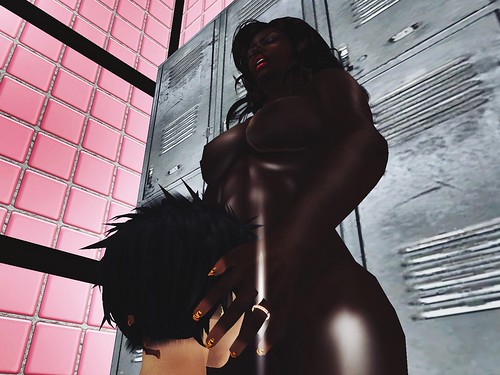all times to manipulate as part of their enriched environment. Choosing from a wide array of toys, each animal is provided one hard toy, one soft toy, and a third toy chosen by the caretaker assigned to each animal. NHPs are given destructible enrichment as a way for them to alter their environment, release aggression/tension, and forage through. The destructible enrichment provided includes items such as cardboard, shredded paper, and phonebooks. Soft toys, such as fleece blankets and soft pet toys, are available for comfort to all 11311066 NHPs. Many foraging opportunities are made available to all NHPs. Treats used for foraging and in feeders include, but are not limited to: Bunny Blocks, Nutra Blocks, Crumble Disks, PRIMA Treats, Fruity Gems, Fleece Foraging Crumbles, wax moth larvae, raisins, popcorn, nuts, birdseed, oatmeal, hardboiled eggs, species-specific food items, etc. All animals observed to exhibit any abnormal behavior deemed detrimental to the physical and/or mental health of the individual are prescribed specific enrichment by the behavioral staff in order to decrease/eliminate/redirect such behaviors. Following the final SHIV challenge, macaques were held for four additional weeks to monitor viral infection and viral set point. The viral set point was designed as the time point for euthanasia to avoid pain or suffering associated with SHIV clinical sequelae. Euthanasia was performed by IV injection of a lethal dose of pentobartbital and cardiac arrest was confirmed by auscultation. Study Animals The colonization and SHIVSF162P3 challenge study has been previously described, four control macaques from the original study were not included in this analysis because insufficient pretreatment samples were available. Swab samples for microbiological determination were collected first, followed by cervical-vaginal lavage, Chebulinic acid typically on a Monday. Animals were re-colonized with LB-mCV-N delivered in 3% hydroxyethylcellulose gel for two days after sample collection,, SHIV challenge occurred on Wednesday at least 24 hrs after recolonization. These additional doses were intended to standardize the levels of LB-mCV-N among animals, and also to replenish the LB-mCV-N that was removed during CVL and swab sampling. Except for week one, the culturable microbiota shown in Methods Ethics Statement The twenty female Chinese origin rhesus macaques, used in this study were housed at BIOQUAL, Inc., in accordance with  the recommendations of the Association for Assessment and Accreditation of Laboratory Animal Care International Standards and with the recommendations in the Guide for the Care and Use of Laboratory Animals of the United States National Institutes of Health. The Institutional Animal Use and Care Committee of BIOQUAL approved these experiments. When immobilization was necessary, the animals were sedated by intramuscularly injection with 10 mg/kg of ketamine HCl and 1 mg/kg 24900262 acepromazine. All efforts were made to minimize suffering. Details of animal welfare and steps taken to ameliorate suffering were in accordance with the recommendations of the Weatherall report, “The use of nonhuman primates in research”. Animals were housed in an airconditioned facility with an ambient temperature of 2125uC, a relative humidity of 40%60% and a 12 h light/dark cycle. Animals were socially housed when possible or individually housed if no compatible pairing could be found. The animals were housed Microbiology The vaginal microbiota of each animal was sam
the recommendations of the Association for Assessment and Accreditation of Laboratory Animal Care International Standards and with the recommendations in the Guide for the Care and Use of Laboratory Animals of the United States National Institutes of Health. The Institutional Animal Use and Care Committee of BIOQUAL approved these experiments. When immobilization was necessary, the animals were sedated by intramuscularly injection with 10 mg/kg of ketamine HCl and 1 mg/kg 24900262 acepromazine. All efforts were made to minimize suffering. Details of animal welfare and steps taken to ameliorate suffering were in accordance with the recommendations of the Weatherall report, “The use of nonhuman primates in research”. Animals were housed in an airconditioned facility with an ambient temperature of 2125uC, a relative humidity of 40%60% and a 12 h light/dark cycle. Animals were socially housed when possible or individually housed if no compatible pairing could be found. The animals were housed Microbiology The vaginal microbiota of each animal was sam
M2 ion-channel m2ion-channel.com
Just another WordPress site
